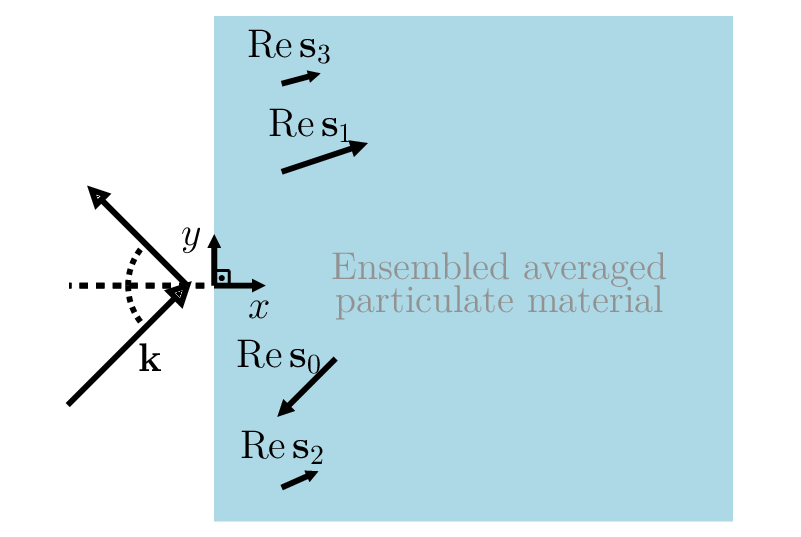A Proof that Multiple Waves Propagate in Ensemble-Averaged Particulate Materials
Abstract
Taking into account all the details of an inhomogeneous material is challenging, and sometimes unnecessary. It is often possible to replace the material with an effective medium which is described by only a few macroscopic parameters. To describe wave propagation through a material, the most crucial macroscopic parameter is its effective wavenumber. For this reason, there have been hundreds of studies to calculate this single effective wavenumber. However, here we present a proof that there does not exist a unique effective (complex) wavenumber; instead, there are an infinite number of effective wavenumbers. We also present the exact solution for the reflection coefficient of an inhomogeneous halfspace. For clarity, we present the results for only scalar waves and a two-dimensional material filled with randomly distributed particles or inclusions. We calculate the effective medium by ensemble averaging over all possible inhomogeneities. Though there are many effective wavenumbers, we show through numerical examples that, in most parameter regimes, only a small number of these wavenumbers make a significant contribution to the wave field. The proof is based on the application of the Wiener-Hopf technique and makes no assumption on the wavelength, particle size/type, or volume fraction.

